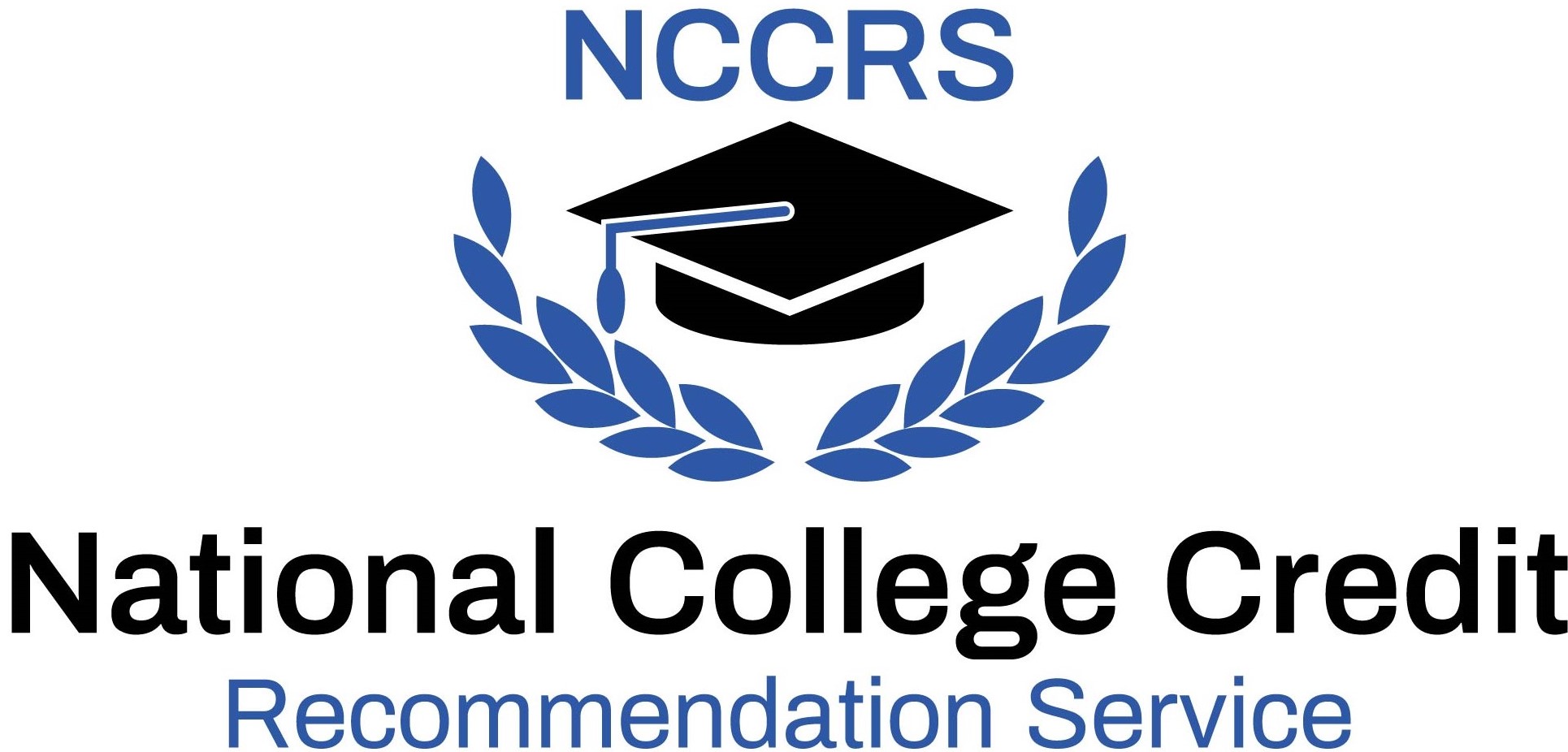Students will be able to: display understanding of cooking terminology; read, follow, and convert recipes; establish mise en place; identify and distinguish knife types and related terminology; demonstrate knife sharpening skills and proper knife care; demonstrate basic knife cuts; use measuring devices; identify kitchen equipment; use and sanitize equipment; display knowledge of cleaning and sanitizing methods; maintain principles of nationally recognized sanitation protocols (i.e., ServSafe®, CPFM, ACF); explain types of accidents and injuries; describe fire extinguishers and fire safety procedures; apply OSHA regulations; use and safely maintain hand tools; maintain safe kitchen and surroundings; prepare salads, dressings, soups, appetizers, entrees, and desserts; garnish and plate menu items; prepare sandwiches, spreads, and fillings; identify fruits and vegetables and prepare for cooking; identify and prepare pasta, grains, and legumes; prepare batters and doughs, icings, fillings, sauces, and toppings; Identify and prepare soups, store stocks and glace; demonstrate knowledge of roux and thickening agents; identify cuts of meat, poultry, fish, and seafood; determine proper degrees of doneness; identify and prepare breakfast food and dairy products; take physical inventory; apply HACCP policies and procedures; compare costs, weights, and prices; describe the basic food groups; make healthy food choices; describe healthy cooking techniques; describe sources of nutrients and their effects; exhibit understanding of professional behavior, appearance, and interviewing skills; display knowledge of various job profiles and chain of command. Performance Component: Comprehensive Skills (15%), Identification of Kitchen Equipment (8%), Identification of Herbs, Spices, Fruits, and Vegetables (8%), Knife Sharpening: Stone and Steel (12%), Mise En Place (23%), Prepare Chef Salad with Vinaigrette Dressing (19%), and Prepare Cheese Omelet (15%).







